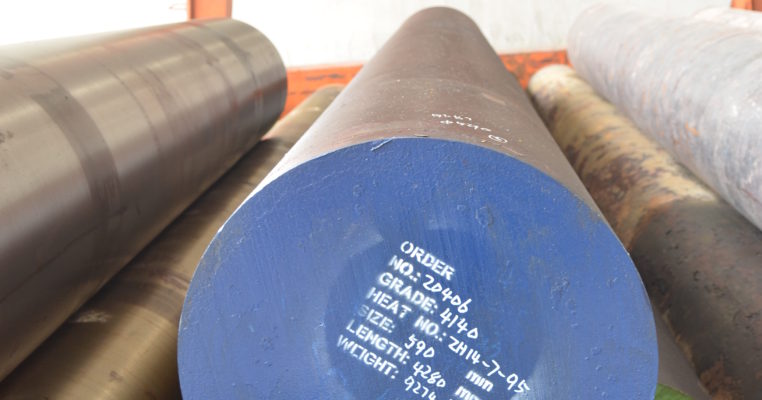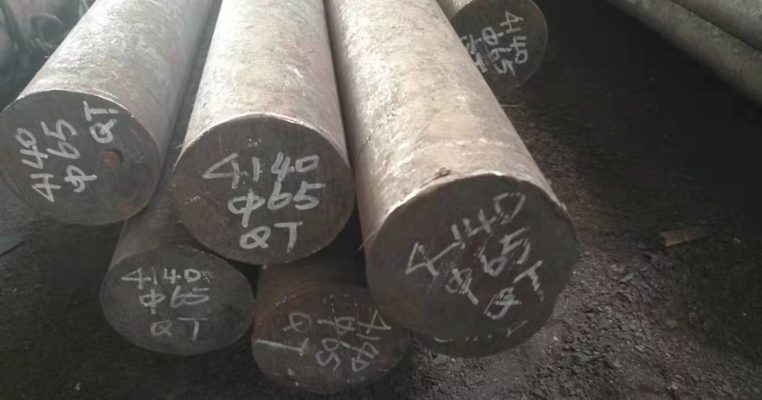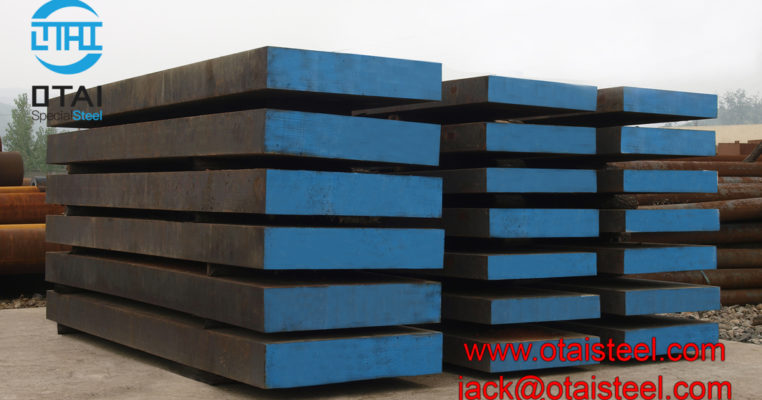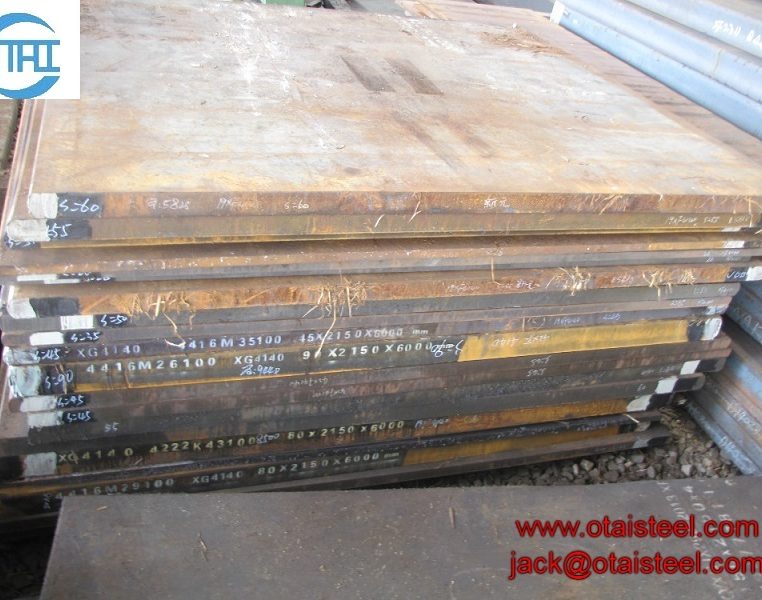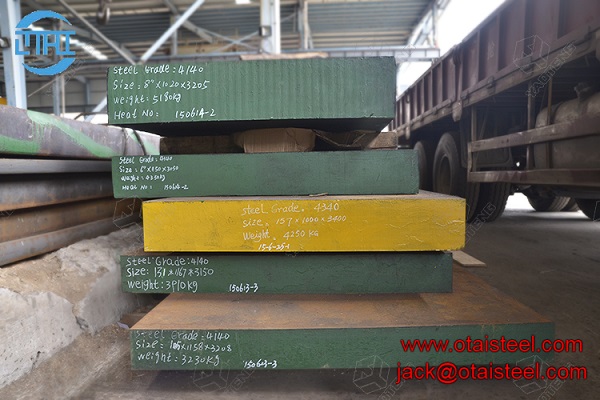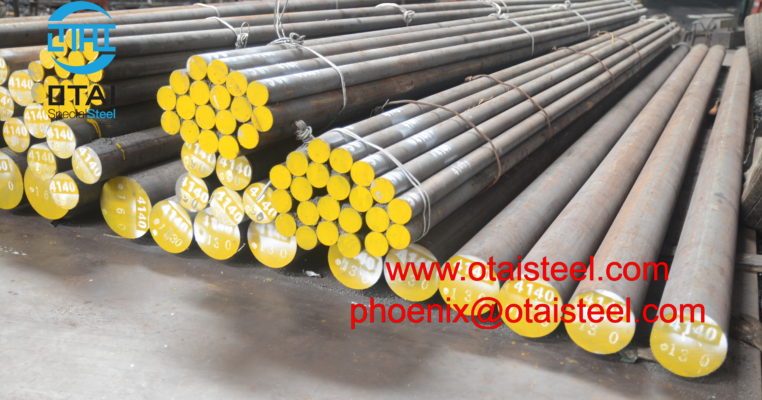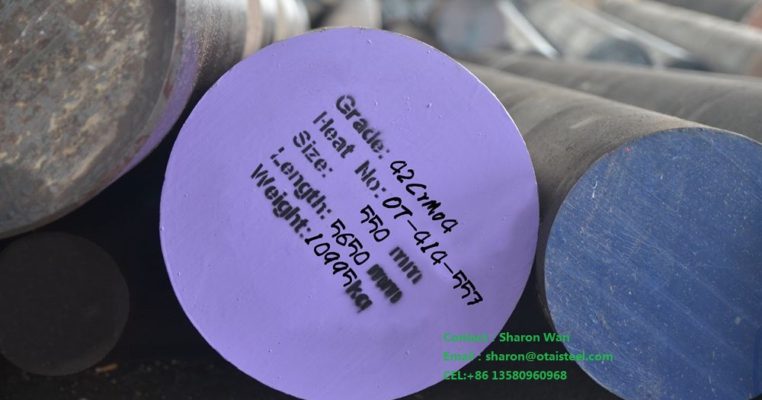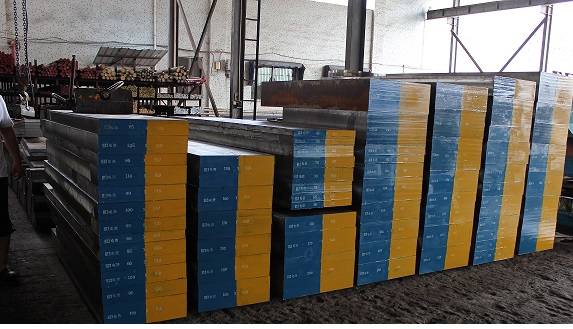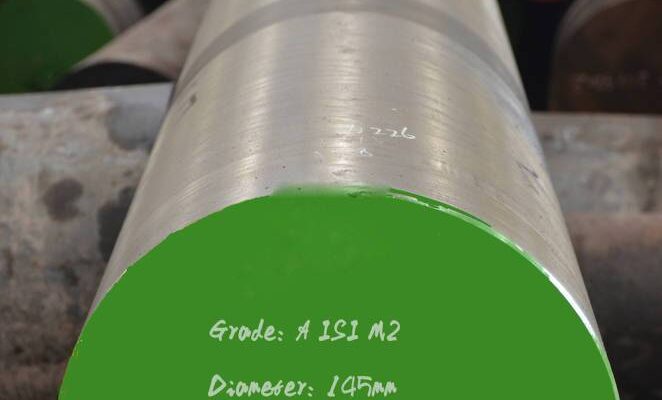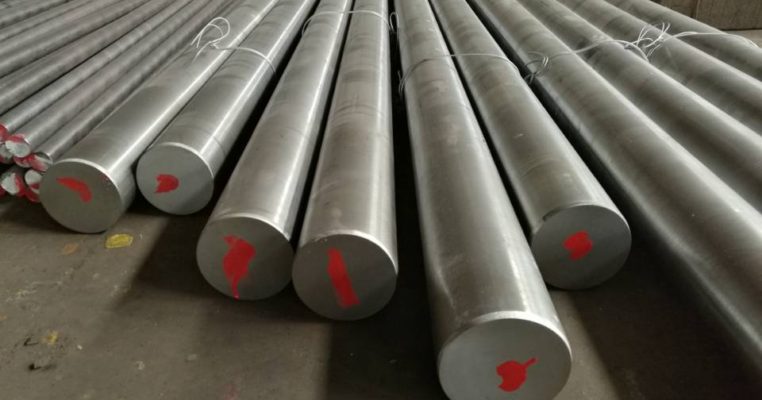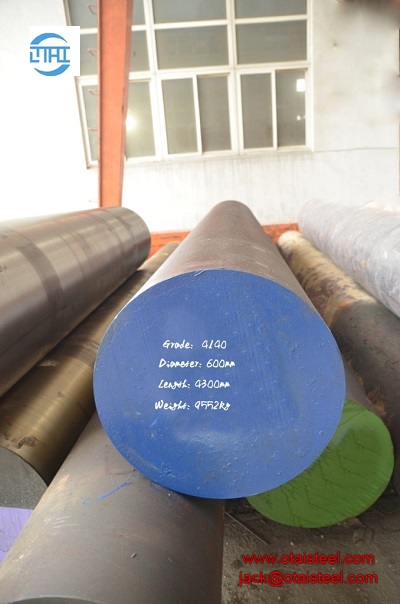H13 STEEL APPLICATION IN LIFE-Chapter 5
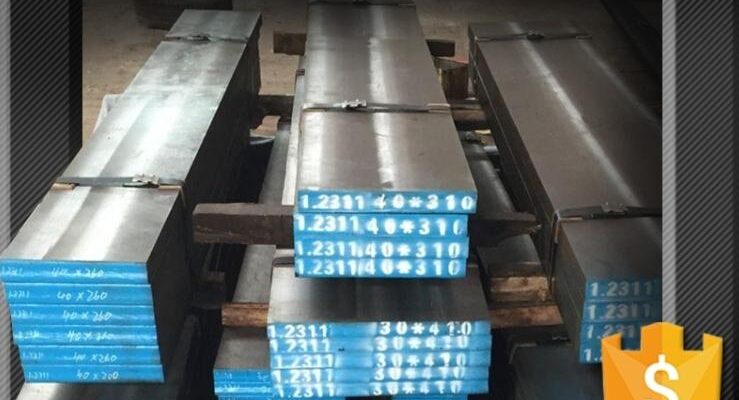
Advances in Additive Manufacturing and Tooling
10.07.10.1.2 Applications-H13 TOOLING STEEL
Some early developments in rapid tool manufacturing by laser deposition are due to Mazumder and coworkers (see Ref. (44) for a summary of their early developments)-H13 TOOL STEL .
The authors concentrated on AISI H13 steel,it is a tool steel – a material frequently used in plastic and die-casting molds. Several simulated tools were manufactured including a tool with copper inserts for conformal cooling. On the other hand, Prinz and coworkers demonstrated the possibility of manufacturing plastic molds with embedded copper cooling channels by fabricating a simple injection mold with 152 ∗ 102 ∗ 32 mm in 316L stainless steel with four embedded copper cooling channels (29), while Weiss et al. (31) proposed a concept for advanced composite forming tools consisting of a copper inner body with conformal cooling channels, to ensure fast heating and cooling rates and uniform temperature distribution, and an outer shell of INVAR to closely match the thermal properties and the expansion coefficient of the composite.
The possibility of increasing the productivity of die-casting molds by using multimaterial of tool steel with H13 -laser-deposited constructs was analyzed by Khalid Imran et al. (274). The concept is to produce monolithic die-casting molds with reduced cycle time by depositing an external layer of AISI H13 tool steel on a core of a high-strength beryllium copper alloy. Depositing iron alloys on copper alloys substrates presents some difficulties due to the peculiarities of the Cu–Fe phase diagram. Cu and Fe are mutually insoluble below 800 °C and the solubility of Cu on BCC (α) Fe remains very low even at higher temperatures (275). Conversely, the solubility of Cu in FCC (γ) Fe reaches about 13% at temperatures just below the Fe–Cu peritectic. Cu is also largely insoluble in Fe in the liquid phase and a large metastable liquid miscibility gap occurs in the binary L + γ region of the phase diagram. As a result, Cu tends to segregate from Fe both in the liquid and in the solid states. On the other hand, the melting temperature of copper alloys is lower than the melting temperature of steels of H13 TOOL STEEL .
Despite these difficulties, Khalid Imran et al. (274) showed that tool steels H13 can be deposited on copper-alloy substrates, but the substrate undergoes extensive melting and Cu tends to mix in the melt-pool, leading to the formation of copper inclusions within the AISI H13 coating after solidification.
